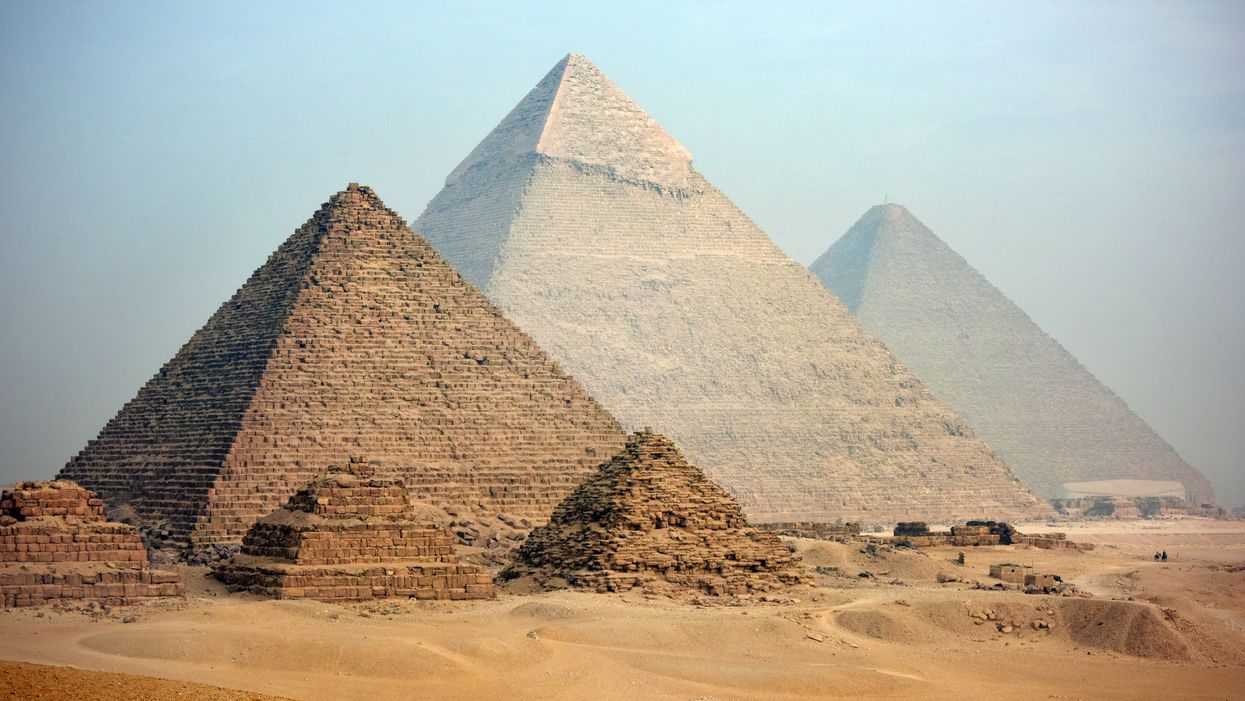
A group of Scottish museum researchers have ended their 2020 on a stellar note, discovering artefacts in a cigar box that belonged to the Great Pyramids of Giza.
Abeer Eladany had been curating artefacts in the University of Aberdeen’s Museums and Special Collections department when she noticed a cigar box looking out of place. Adorned with Egyptian imagery, it had a serial number predating a system that has been in use at the university for a very long time.
She uncovered a number of cedar wood fragments, which were radiocarbon dated back to the Egyptian pyramids. Weirdly enough, the elegant cigar case wouldn’t look out of place in an antiques market today.
In an official statement, Eldany said: “I couldn't believe it when I realized what was inside this innocuous-looking cigar tin. Once I looked into the numbers in our Egypt records, I instantly knew what it was, and that it had effectively been hidden in plain sight in the wrong collection. I'm an archaeologist and have worked on digs in Egypt, but I never imagined it would be here in northeast Scotland that I'd find something so important to the heritage of my own country.”
With this entirely ‘chance discovery’, the academics there can sleep peacefully knowing they’ve made the discovery of an item over 5,000 years old. It is one of only three objects dating back to the Wonder of the Ancient world - it’s like a World Cup win for any archaeologist.
But how did an artefact like this land in the hands of a Scottish university storage unit?
When University of Aberdeen museum staff uncovered a small decorated cigar box hidden in their collection, little d… https://t.co/Ut1JaKU6aj— University of Aberdeen (@University of Aberdeen) 1608120000
During a survey of the Great Pyramid that look place almost 150 years ago, British engineer Waynman Dixon removed three objects from the internal chamber: a ball, a hook, and the pieces of cedar now in the hands of the University of Aberdeen.
The ‘Dixon relics’ would find themselves placed in the British museum, bar the missing pieces of cedar.
Why you ask? That particular relic came into the possession of Dr. James Grant, a graduate of the university that assisted Dixon on his trip. It seems his family donated the remaining relic to the university way back when.
It’s all coming together now. How insane.
Neil Curtis, the head of museums and special collections at the university added: “It will now be for scholars to debate its use and whether it was deliberately deposited, as happened later during the New Kingdom, when pharaohs tried to emphasize continuity with the past by having antiquities buried with them.”
Eladany says looking for the missing piece in the university’s vast collection was like ‘looking for a needle in a haystack’, but it goes to show it is possible. She’s clearly chuffed about it - her and her colleagues should put their feet up for the next few months to compensate, but not before they decide what to do with it.
More: Lessons learned: What did the pandemic teach me about love and compassion?













